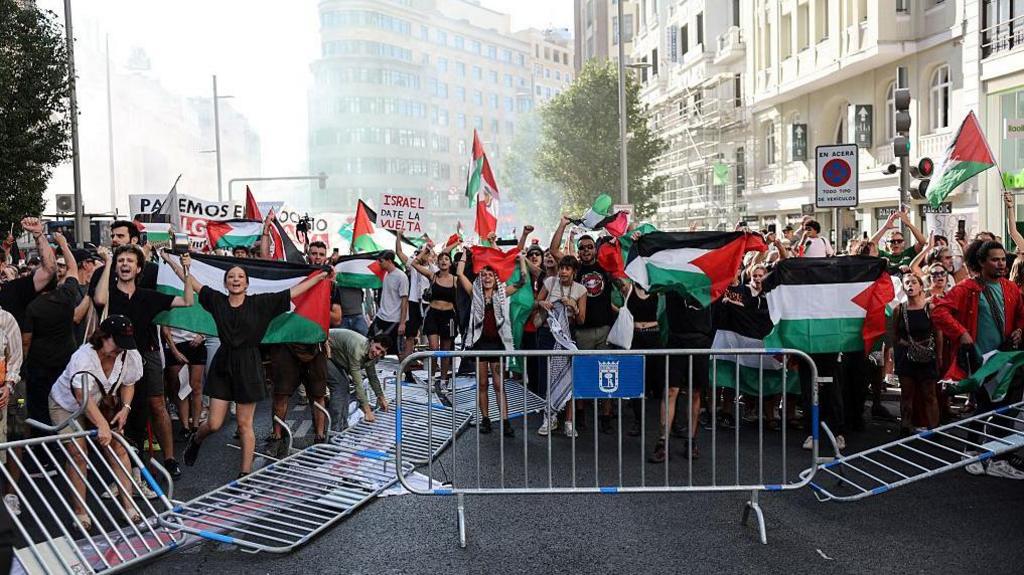Everyone said rubber bullet, rubber bullet. It was not a rubber bullet. If you see my son, his head was broken, a hole is there. Narendra Shrestha wants to know who will take responsibility for the death of his son Sulov, who was among scores killed in violent unrest that rocked Nepal last week.
Mr Shrestha, 45, is perched outside the gates of Tribhuvan University Teaching Hospital's mortuary in the capital. He's already been inside and identified 21-year-old Sulov's body.
I want to ask this country, he says, choking back tears, if they can fire, they can shoot my son, then I and his mother will also stand. Who will we live for now? We also want to die.
A female family member sits beside him, holding his hand, while a man protects him from the beating sun with an umbrella.
Other families were also waiting to identify their young loved ones whose lives were cut short: one had dreamed of being a judge, another was a student working in a Kathmandu hotel, a third was learning French.
They are among more than 70 people who died in anti-corruption protests at the start of last week, which toppled the government of the Himalayan nation. More than 1,000 were injured in the two days of unrest.
A ban on social media was the impetus for the protests, but anger against government corruption had been building in recent weeks. By the time the ban was reversed late on September 8, the protests had swelled into a wider movement.
Crowds torched politicians' homes and official buildings as an outpouring of anger at the ruling class boiled over.
Many of those killed were shot - police are accused of opening fire on the crowds. But others were burned in fires or died in confrontations with police. Casualty figures have been going up as authorities clean up the debris.
In response to the allegations, Nepal's police have said they will investigate what happened during those two days of violent protests. It's still unclear who gave the orders for security forces to open fire.
Protests began last Monday when thousands heeded a call by demonstrators describing themselves as Generation Z to gather near parliament in Kathmandu over the decision to ban platforms including Facebook, X and YouTube, as well as over wider dissatisfaction with the government.
Ministers said police had to use force, which included water cannons, batons and firing rubber bullets. Saying they'd failed to register locally, the government announced social media platforms needed to be regulated to tackle fake news, hate speech and online fraud.
But popular platforms such as Instagram have millions of users in Nepal, who rely on them for entertainment, news, and business – and protesters accused the government of trying to silence them.
By Tuesday, violent crowds were setting fire to government buildings in the capital Kathmandu. Parliament was torched even though Prime Minister KP Sharma Oli had already resigned.
Nepal's new interim Prime Minister, Sushila Karki has a tough road ahead. Not only does the 73-year-old former chief justice need to appoint a new cabinet, she must rebuild confidence in the country's leadership.
She has agreed to fresh elections on March 5, 2026, but the first real test of her new government will be her investigation into the protests and if she can bring the perpetrators of the deadly violence – including those who shot protesters, as well as those behind the widespread vandalism – to justice.


















